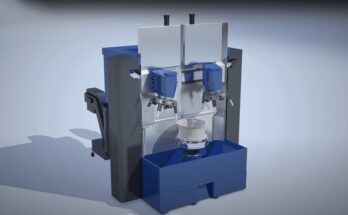Latency has always been an interesting topic in the financial markets. This has seen a spike since the high-frequency trading has risen in the early 2000s. Low-latency has now been replaced by ultra-low latency in the liquid markets. Today, many vendors out there outline how their products are contributing towards a faster trade, but for a comprehensive trading experience, all the pieces must be perfectly connected. And, this is something which requires a great technical expertise within the firm.
Hence, here are outlined common technology, networking and trading strategy decisions which are always needed to achieve ultra-low latency.
Trading strategy and ultra-low latency: What’s the impact?
Latency of a trading strategy completely depends on the specific algorithms of the firm. But there are some general decisions around these trading strategies that will help you understand how latency-dependent the algorithms are, and whether ultra-low latency is worth your investment for the infrastructure.
The latency-sensitive strategies are the ones where faster trades can provide more alpha but the gains can still be made without ultra-low latency. Often, these are multi-market strategies where fragmentation makes it impractical to carry out ultra-low latency with each exchange. Like, networking decisions can lower the latency in many cases. For instance, choosing microwave connections over fibre-optic cable.
Ultra-low latency is necessary for a trade’s profitable execution, especially in cases where the loss of nanoseconds threatens the trade.
ULL networking throughout the infrastructure
Latency can be defined as the time interval that is present between any two points in a trading infrastructure. Yet, the time difference between the order reaching the exchange and the market data that triggers it need an architecture with a trade lifecycle under one microsecond. This requires understanding of the networking between your hardware and the exchange that you are trading with.
There is a typical yet expensive requirement for ULL, which is co-location. Here, the market data feeds directly from the exchanges. The latency in data transmissions have an ultimate limit, which is the speed of light, and the distance travelled by data packets, which directly correlates with time. All this will minimize the physical transmission distance, preventing added latency and delays, which is a common occurrence with consolidated feeds from the SIPs or a third-party vendor.
So, app-specific hardware is the best way to attain ULL where FPGAs have turned out to be a common baseline to bring about major improvements.
In this regard, Orthogone low latency trading system design can help you achieve target latencies across any market volatility.




